Partnering with Florida Builders for Over 20 Years
Vitex is a smart home sub-contractor partnering exclusively with Florida production and semi-custom home builders. Vitex agents meet with new home buyers, virtually over the internet, offering bundled smart home options that can only be purchased through their builder and installed during construction. Last year alone, Vitex wired more than 10,000 new homes in Florida. And the reviews for Vitex show just how satisfied our customers are with our products.
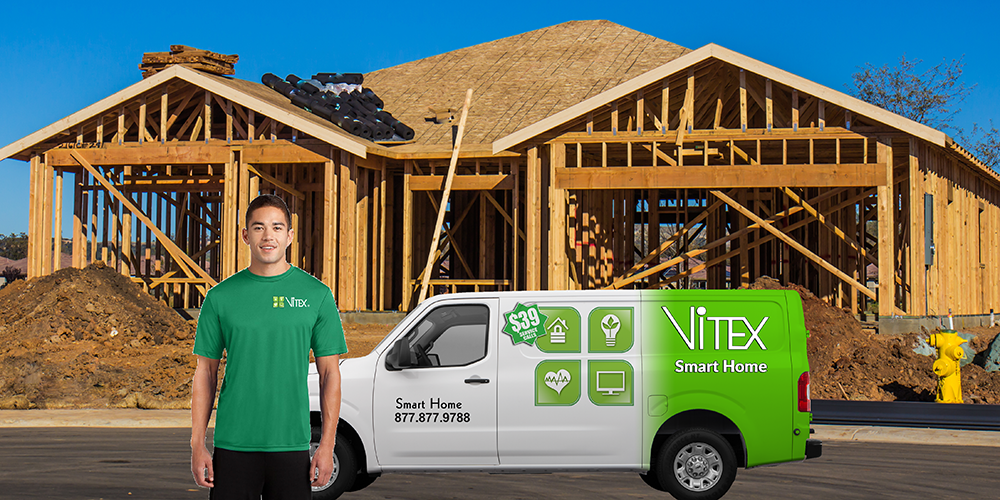
Ready For A Smart Home?
Check out all of the smart home options available from your builder. By installing them during construction you’ll be ready for a move-in day activation. Now that’s cool.
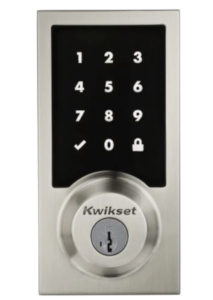
Smart Lock
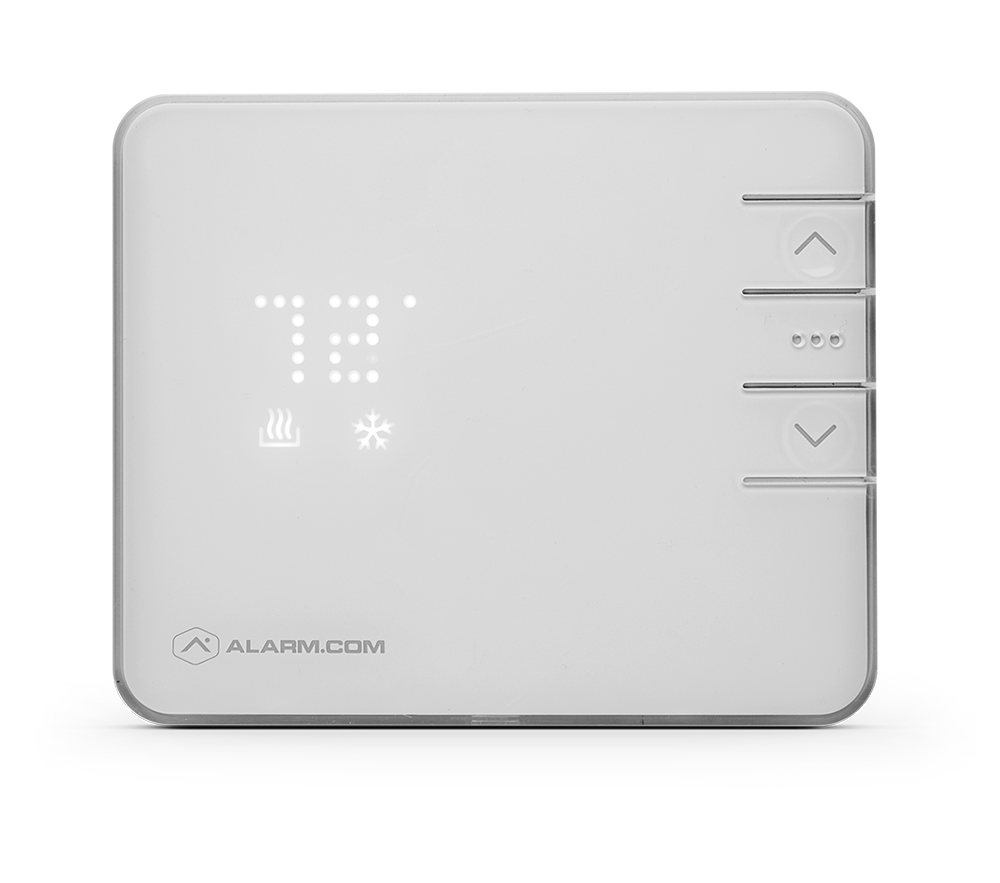
Smart Thermostat
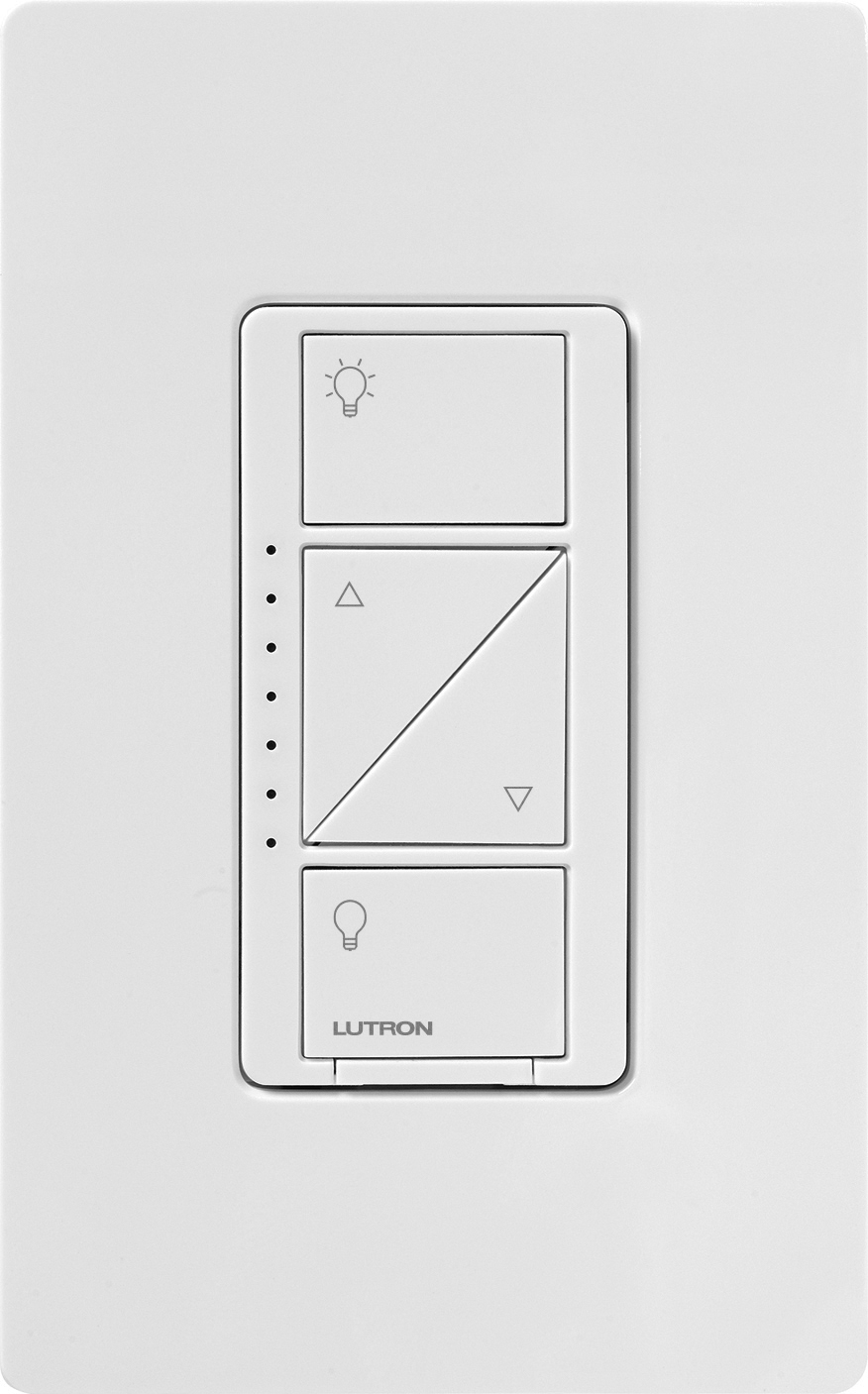
Smart Lighting
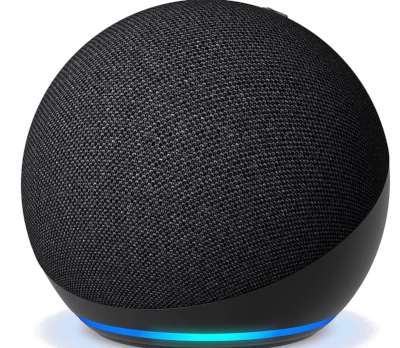
Voice Control
Smart Lock
Smart Thermostat
Smart Lighting
Voice Control


Home Networking
By installing a wireless access point (WAP), network switch and smart TV jacks, you stay connected from all over the house. Includes installation and network setup.

Smart TV Jacks
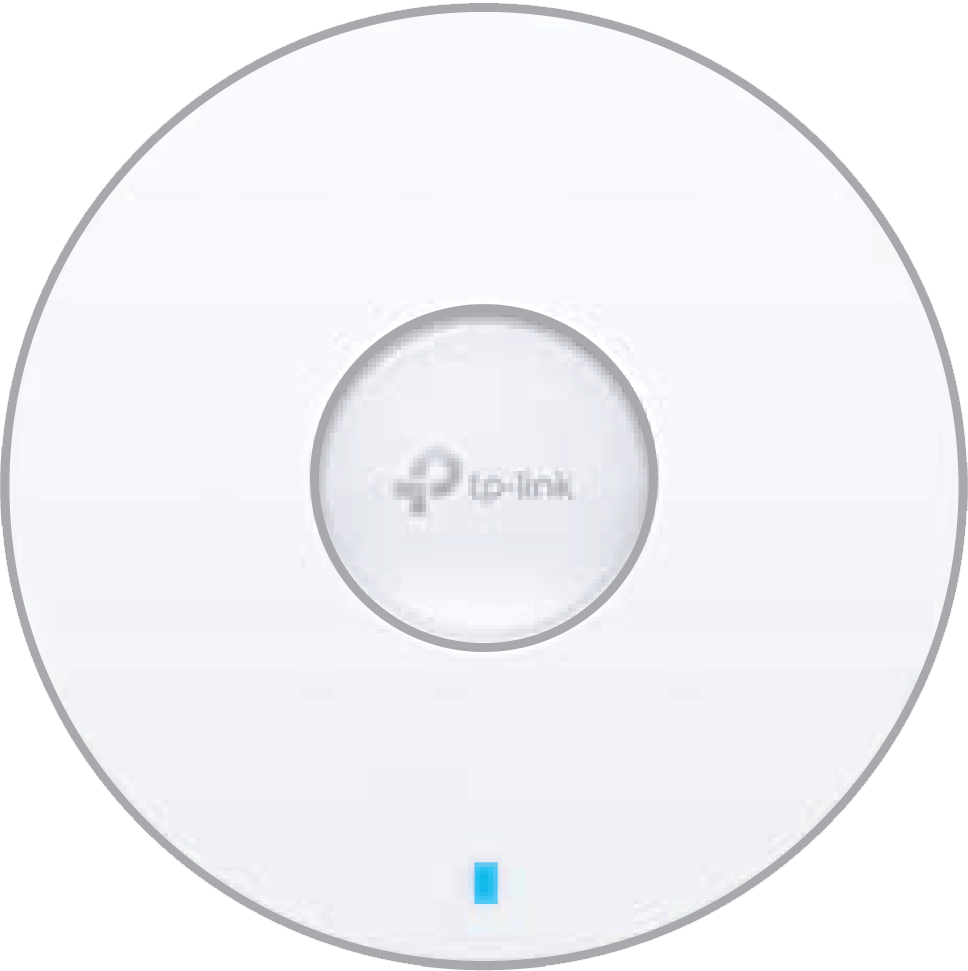
In-Ceiling WAP
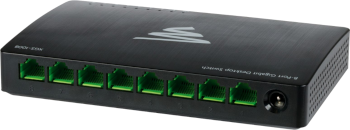
In-Enclosure Switch
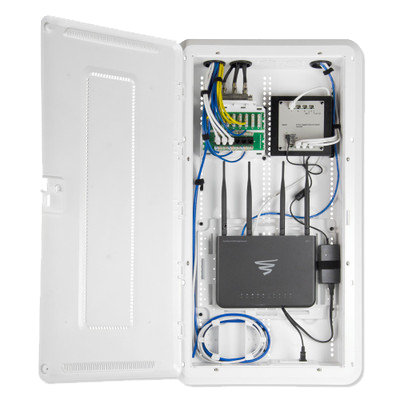
30” Wiring Enclosure
Smart TV Jacks
In-Ceiling WAP
In-Enclosure Switch
30” Wiring Enclosure
Smart Home Security
See, hear and speak to your front door from your phone with your digital doorbell camera. Record events from your outdoor cameras. Install security sensors with Police, Fire, Emergency Dispatch capability.
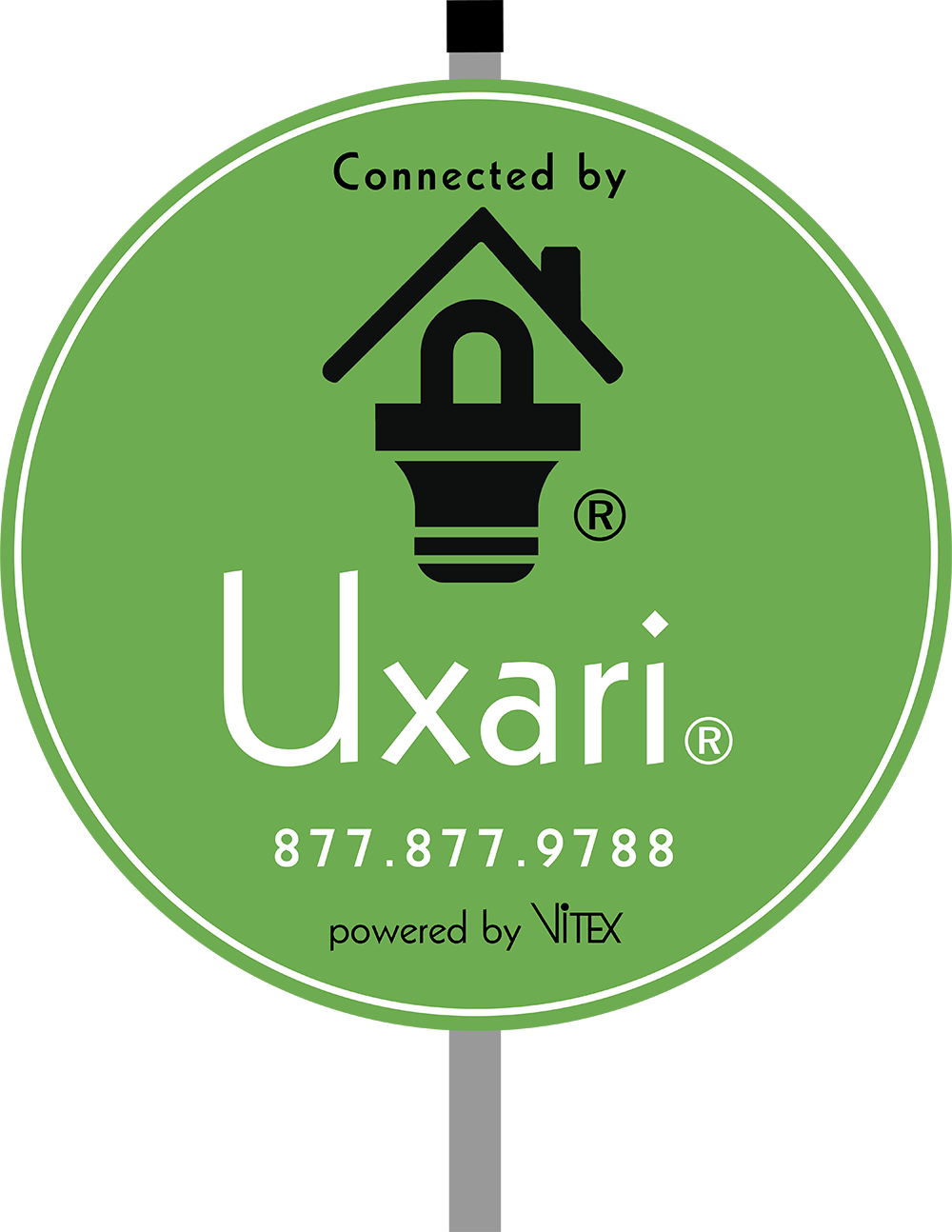
Uxari Yard Sign
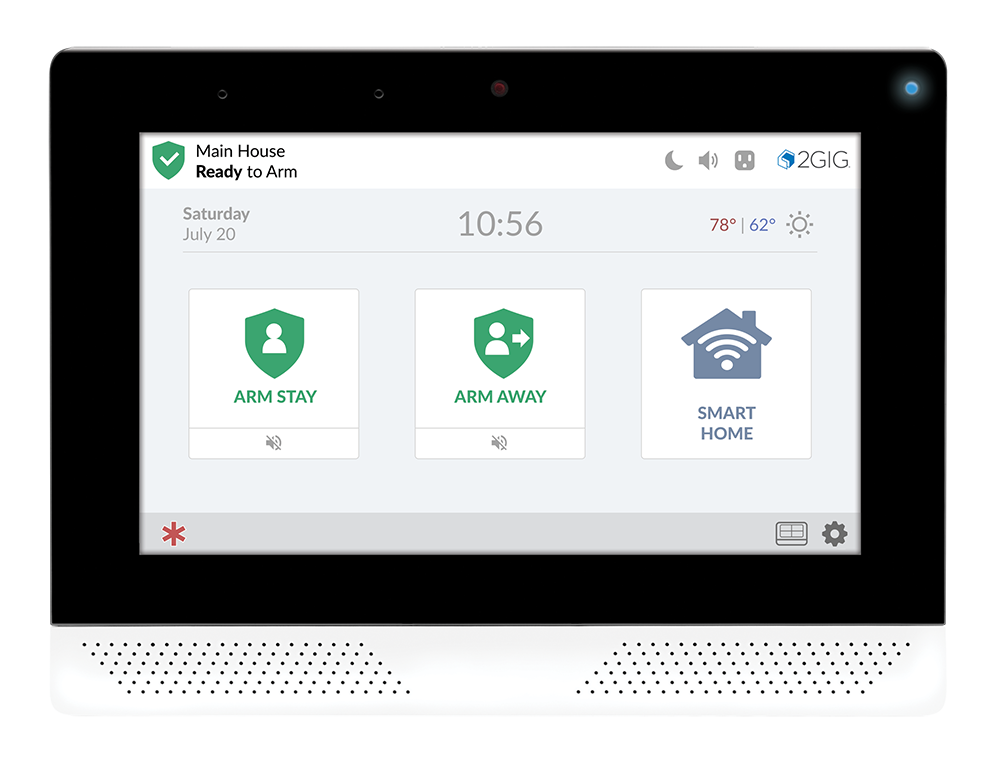
Smart Dashboard
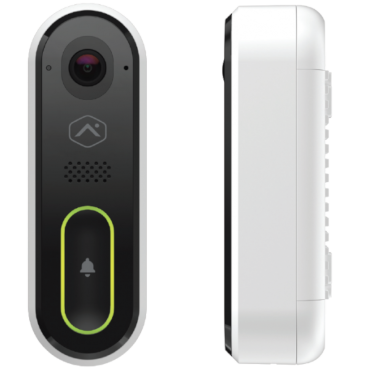
Doorbell Camera
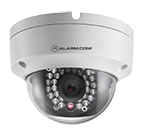
Outdoor Camera
Uxari Yard Sign
Smart Dashboard
Doorbell Camera
Outdoor Camera
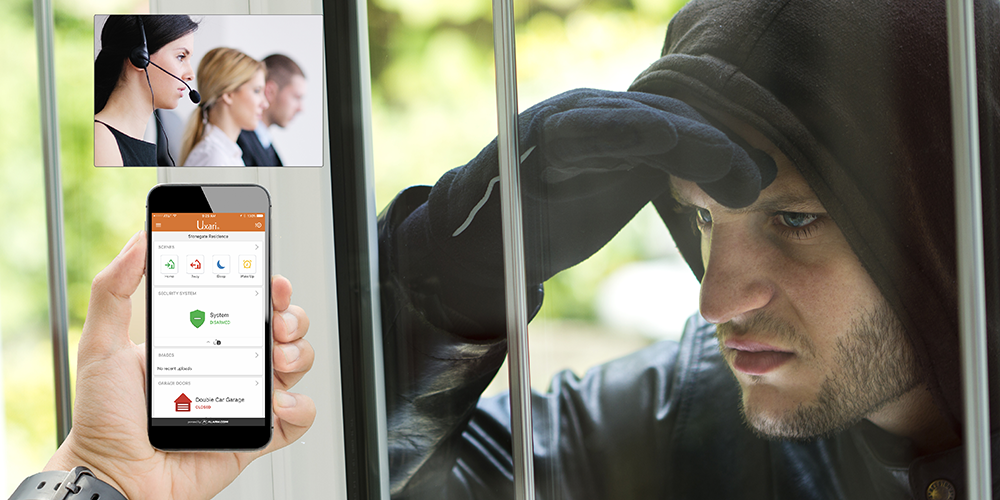
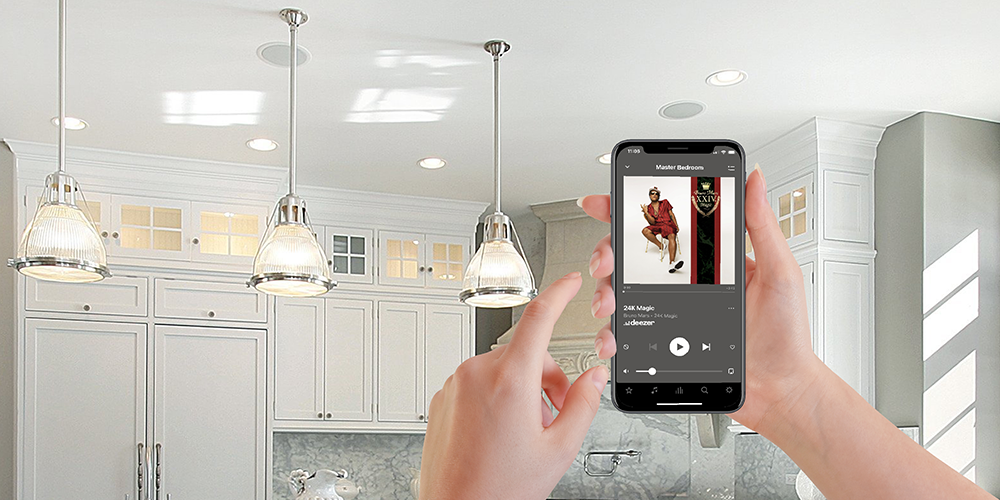
Sonos Music
Haven’t decided on a streaming music source? Install a pair of in-ceiling speakers (wired to your laundry room), and add your musical streaming source after you move in.
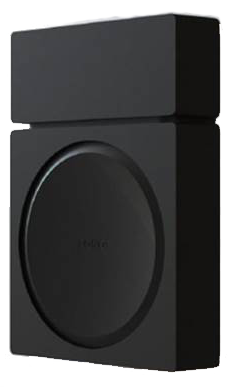
Sonos Amp
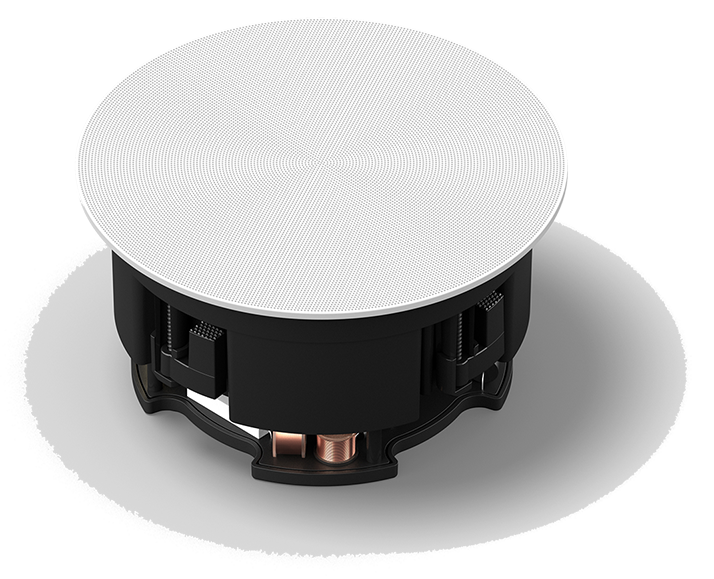
Sonos Speakers

Standard Speakers

Sonos App
Sonos Amp
Sonos Speakers
Standard Speakers
Sonos App
Sonos Home Theater
Experience dramatically clear sound for shows, movies, and gaming. Plus, stream music, radio, and more. We’re experts at installing Sonos home theater systems.
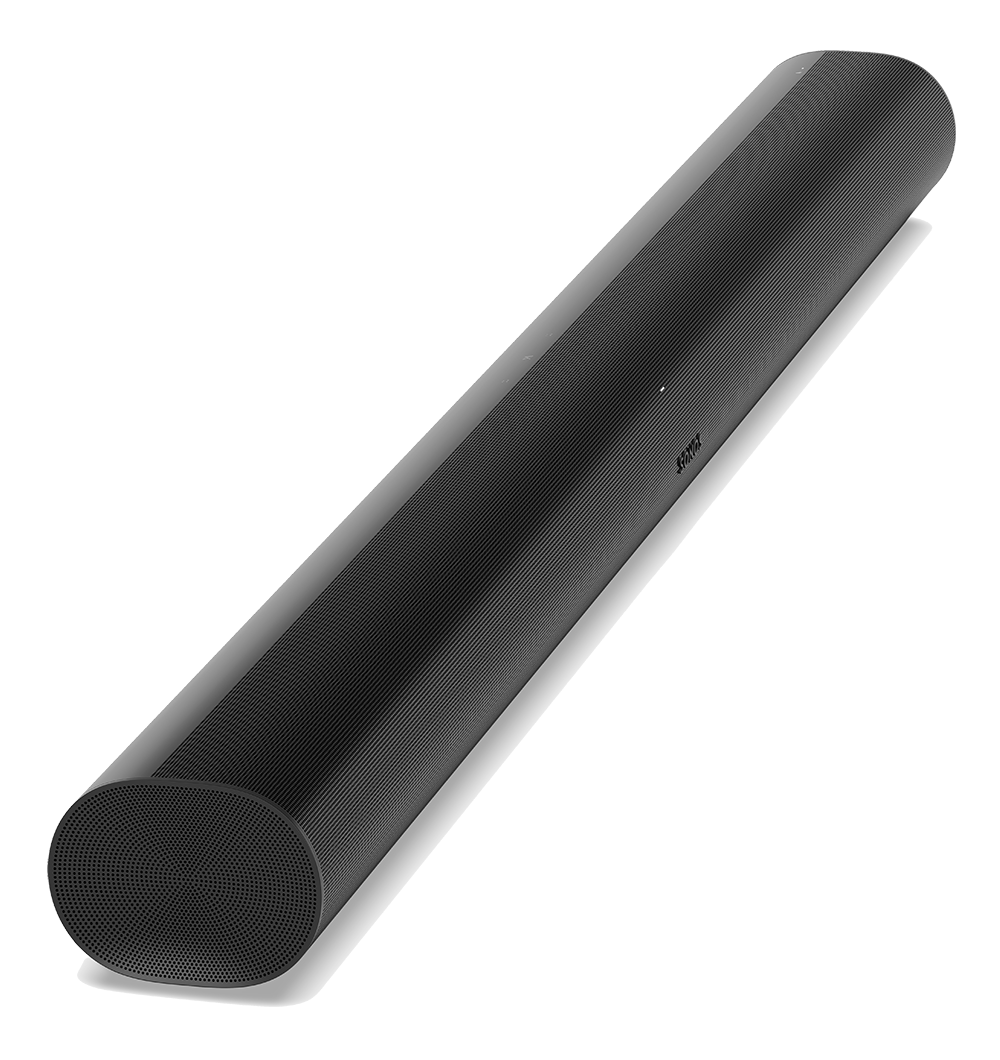
Arc Voice Control
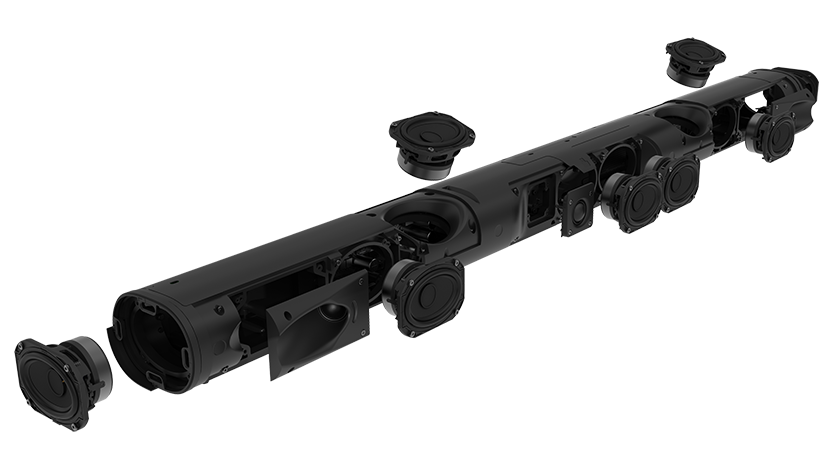
Arc Design
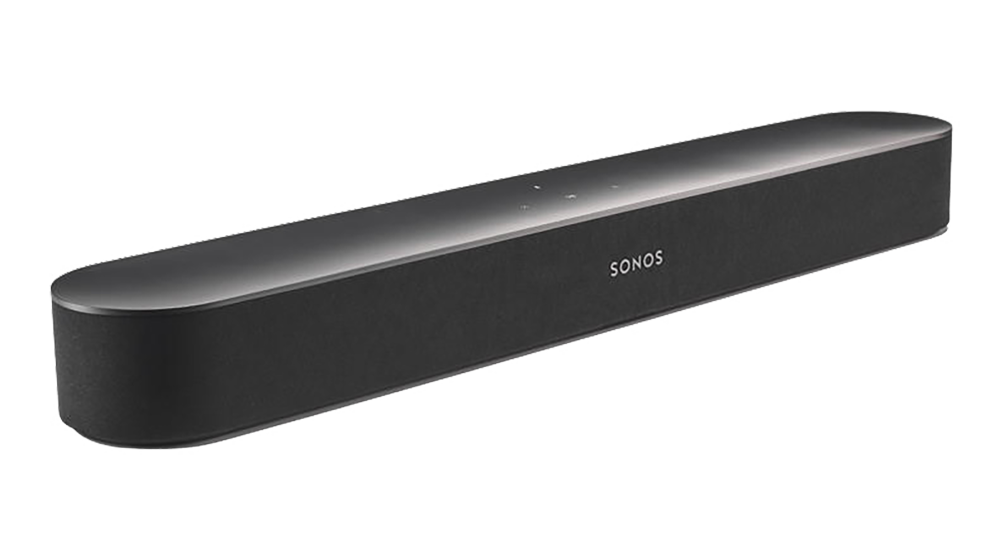
Beam Voice Control
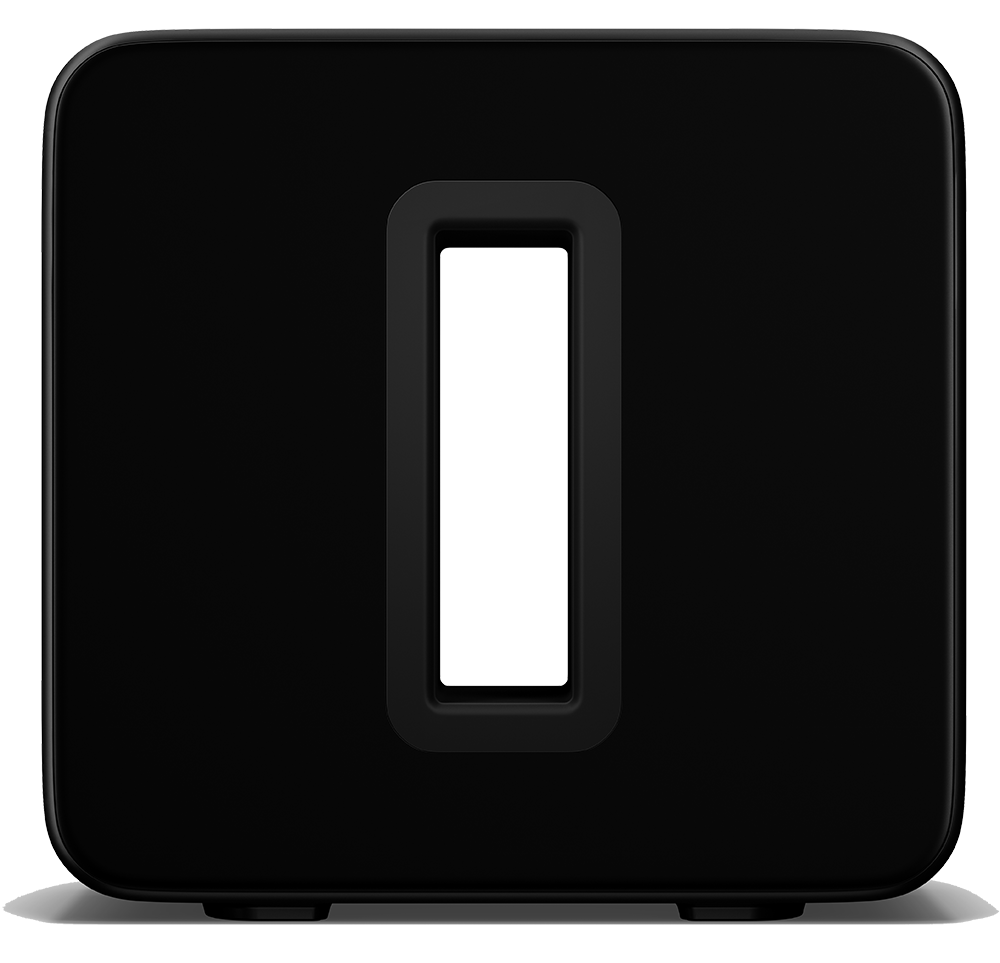
Sub Black
Arc Voice Control
Arc Design
Beam Voice Control
Sub Black
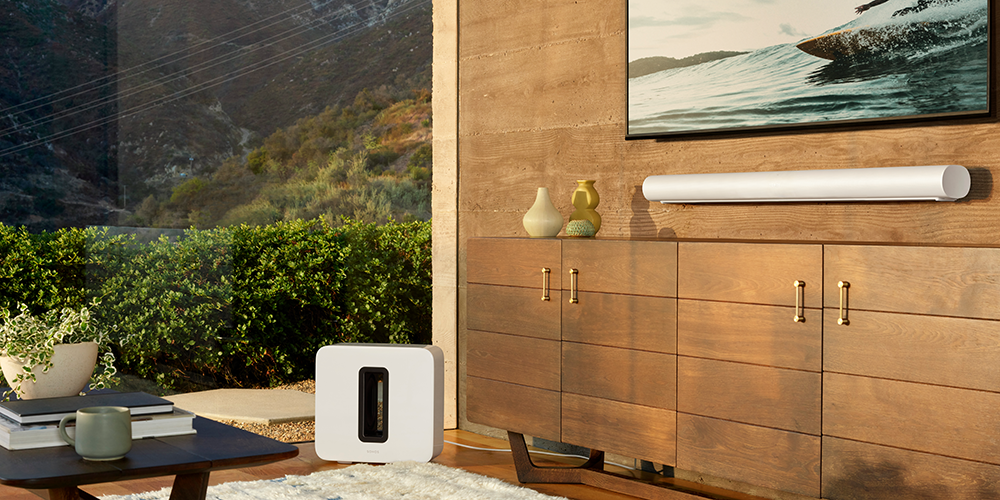
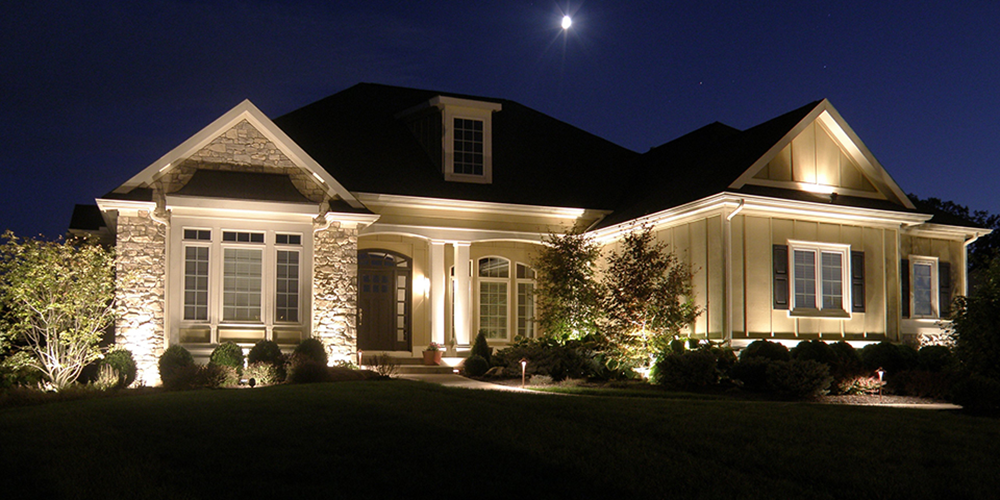
Landscape Lighting (Solid Brass)
When purchased through your builder, your driveway and sidewalk are prepped for the lighting system, making installation easy on move-in day. Semi-annual maintenance plan required.
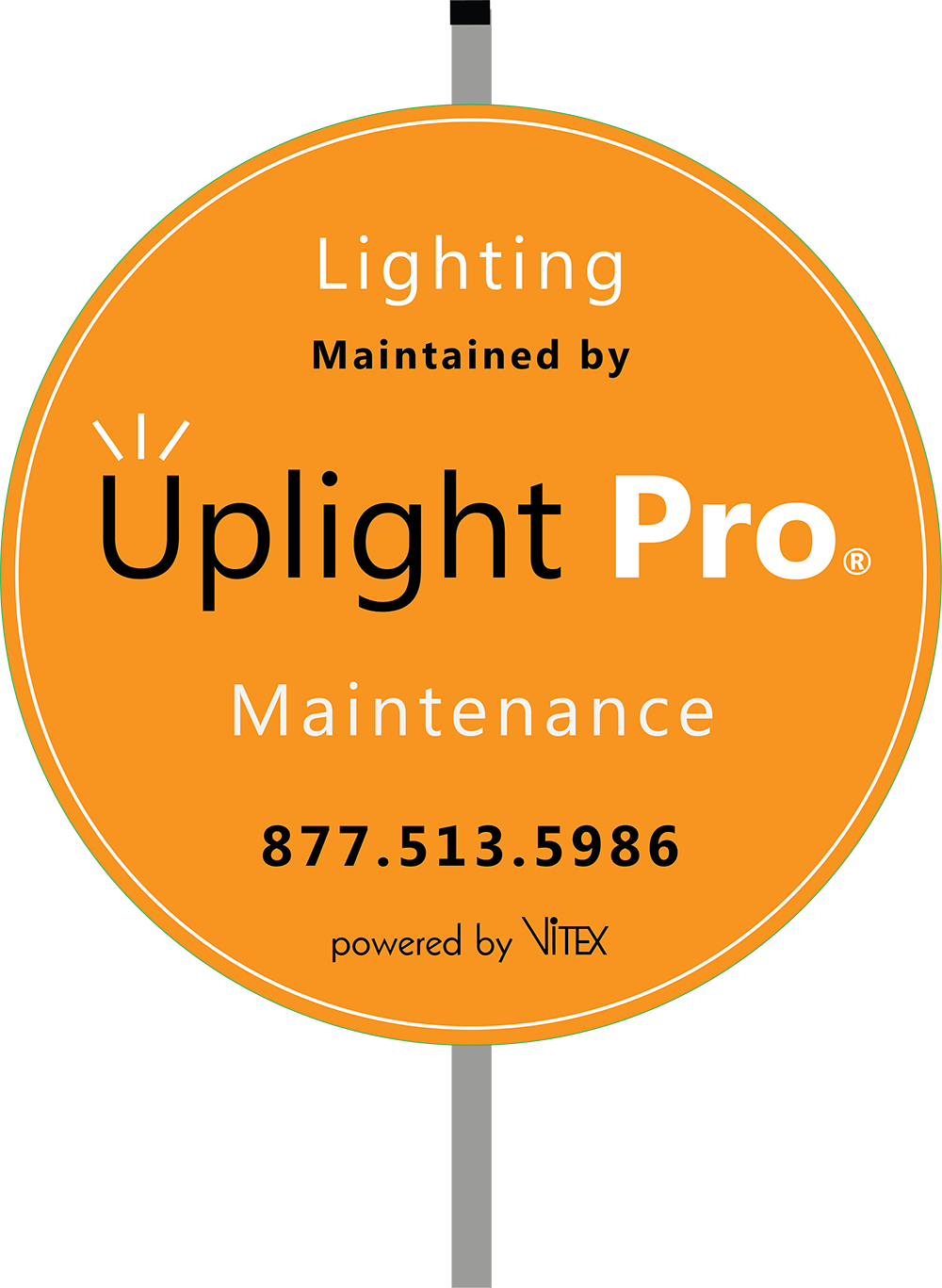
Uplight Pro Yard Sign
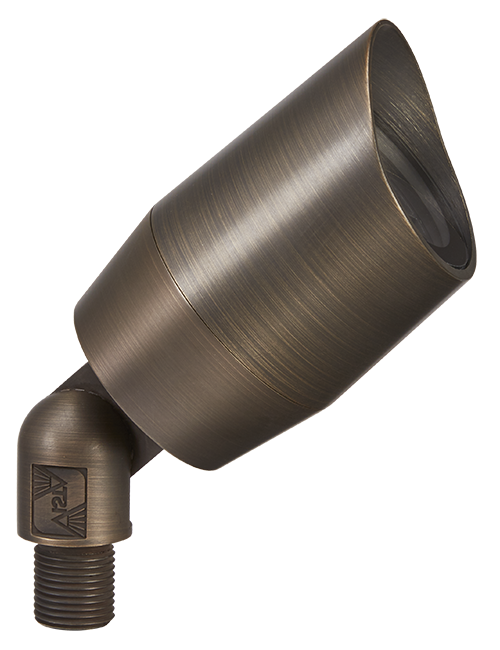
Uplight Solid Brass
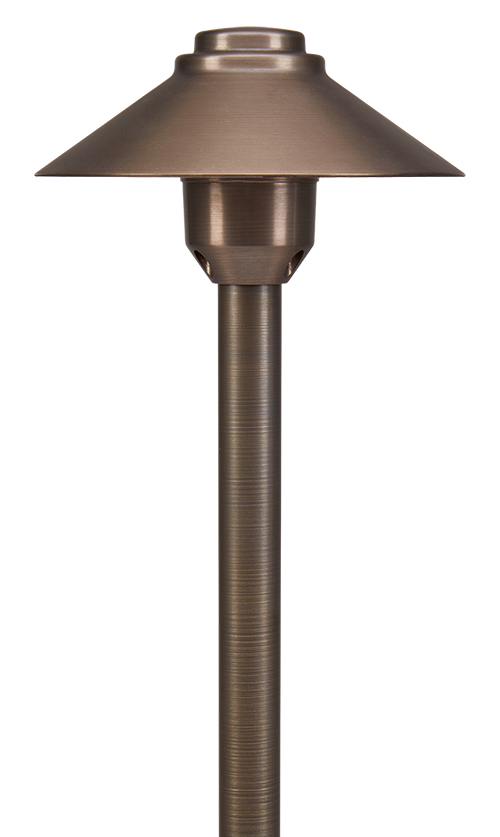
Pathway Light Solid Brass
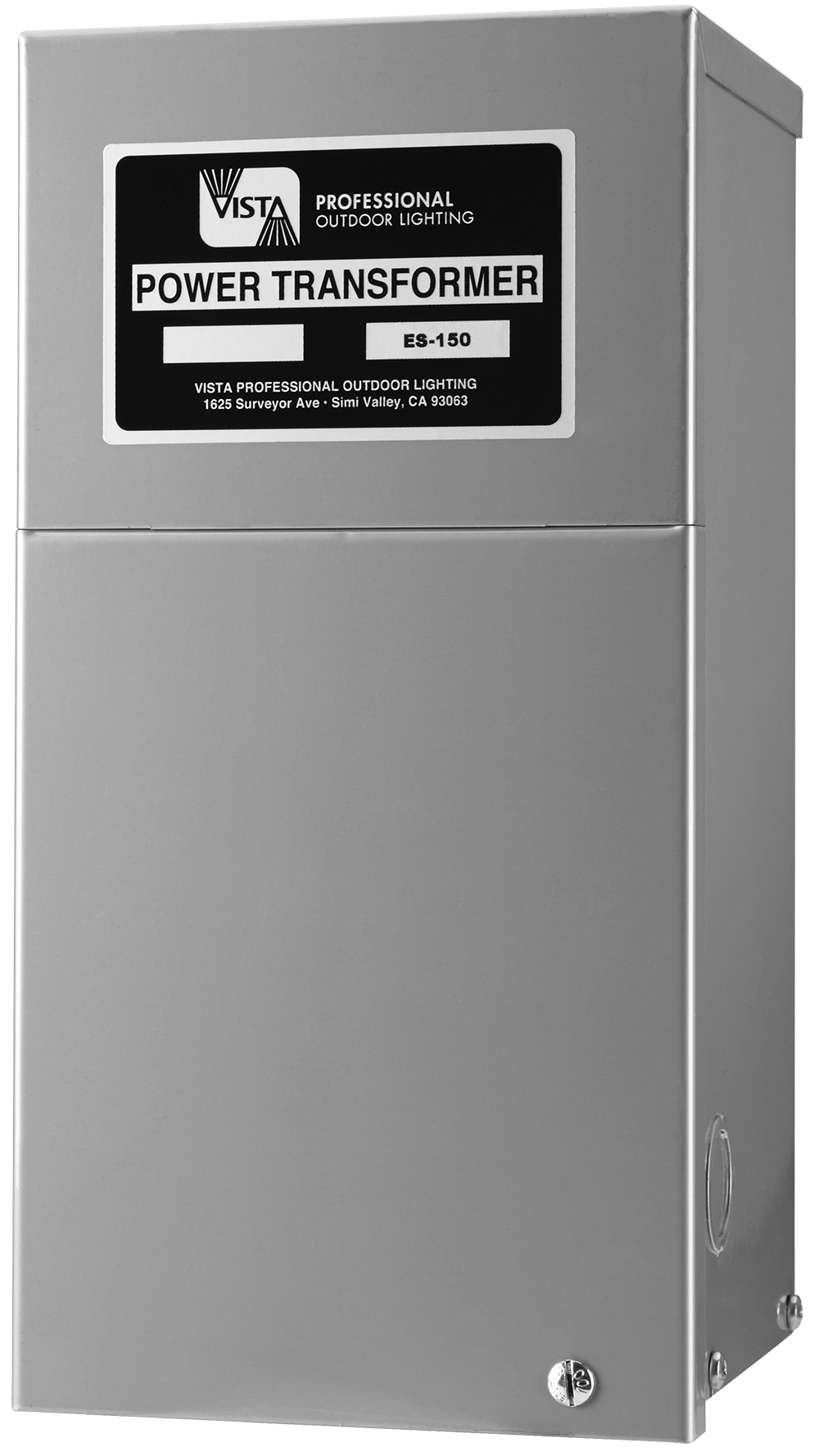
Transformer Stainless Steel
Uplight Pro Yard Sign
Uplight Solid Brass
Pathway Light Solid Brass
Transformer Stainless Steel
Live Customer Support!
Imagine being able to talk to a real person when you have a question. Call, live chat, or email us 7-days-a-week. Our customer care agents and tier-3 and tier-4 help desk technicians are standing by to answer all of your questions. We are the largest Florida-based smart home technology provider and we have a reputation for optimal customer service and are rated A+ with the BBB.

Contact Us!
7-days-a-week. Monday – Saturday (7 am – 8 pm) Sunday (9 am – 6 pm)
Cancel A False Alarm (800) 633-2677
Vitex
Regional Operation Centers
Naples
6610 Willow Park Dr
Suite 201
Naples, FL 34109
(239) 595-6482
[email protected]
Sarasota
6222 Tower Lane
Suite A-14
Sarasota, FL 34240
(941) 348-1006
[email protected]
Delray Beach
2915 S Congress Ave
Suite H
Delray Beach, FL 33445
(561) 232-2838
[email protected]
Contact us with any questions you might have about our offerings and for smart home automation reviews see below.
Select Sales Or Support





